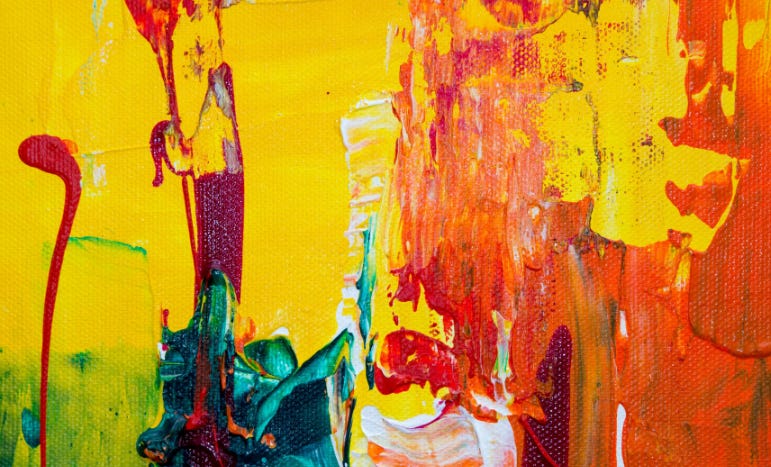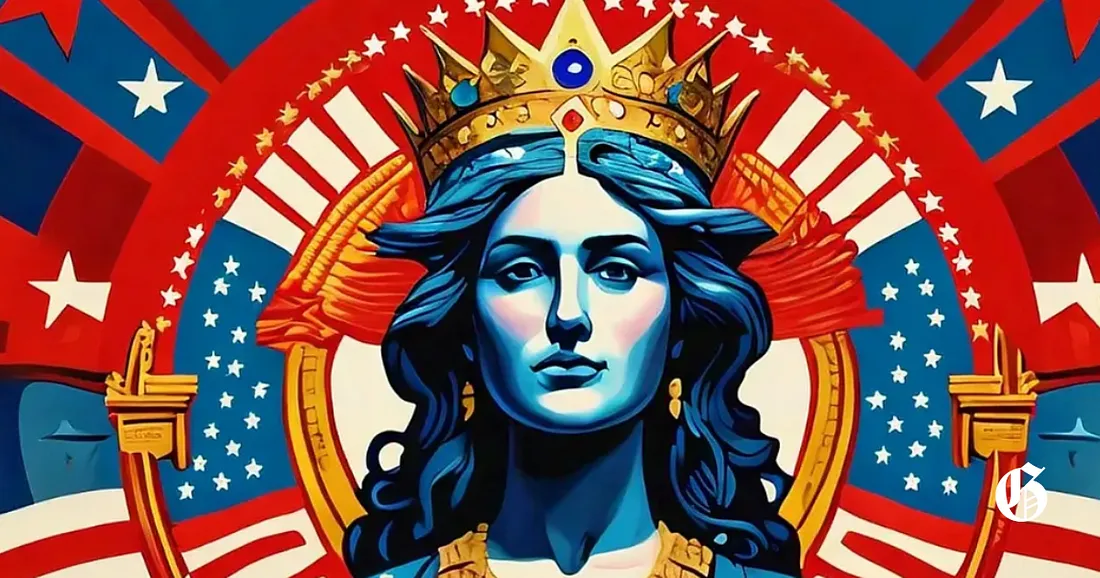The Global Rise of Digital Art: Trends and Implications for Audiences of All Ages
In an era where technology and creativity converge like never before, digital art has emerged as a transformative force reshaping the artistic landscape. From interactive installations to augmented reality (AR) and virtual reality (VR) experiences, digital art is captivating the imaginations of both younger audiences and adult creators. This article explores the current global trends in digital art and their implications for various demographics.
The Rise of Digital Art
Over the past decade, digital art has evolved from niche platforms to mainstream recognition, driven by technological advancements and the increasing acceptance of digital mediums in traditional art spaces. Artists are no longer limited to canvas and paint; they now utilize software, coding, and innovative technologies to create mesmerizing works that engage viewers on multiple levels. As digital art continues to gain traction, it becomes increasingly relevant to audiences of all ages.
Learn More About the Rise of Digital Art
Engaging Younger Audiences
Young people, often referred to as digital natives, are naturally drawn to digital art due to their deep familiarity with technology. These young audiences are not just consumers of digital content; they are creators, experimenting with tools and platforms to express themselves artistically. Some key factors influencing their engagement include:
-
Accessibility
Digital art tools and platforms are widely accessible, enabling young creators to experiment without the barriers of traditional art supplies. Applications like Procreate, Adobe Creative Cloud, and even smartphone apps allow budding artists to explore their creativity anywhere.
Top Digital Art Tools for Beginners -
Social Media and Online Communities
Platforms like Instagram, TikTok, and DeviantArt provide young artists with avenues to showcase their work, connect with like-minded individuals, and receive feedback from global audiences. The viral nature of social media can propel digital art into the spotlight overnight, inspiring others to follow suit.
How Social Media Transformed the Art World -
Interactivity
Young audiences gravitate toward interactive art experiences, where they can not only view but also participate in the creation process. This interactivity fosters a deeper connection with the artwork, encouraging exploration, experimentation, and learning.
Interactive Art Experiences
Adult Creators and the Digital Canvas
While younger audiences are embracing digital art with enthusiasm, adult creators are also discovering the value of digital tools. Many established artists are adapting to digital methods, recognizing the potential for innovation and new forms of expression. Some key influences on adult creators include:
-
Professional Development
Digital art skills are increasingly valuable in industries such as graphic design, marketing, and animation. Adult artists seek to enhance their portfolios and remain competitive by mastering digital techniques, often enrolling in online courses and workshops to learn the latest tools and trends.
Online Courses for Digital Art Mastery -
Collaborative Projects
Adult creators are exploring collaborative digital art projects that blend various artistic styles and mediums. These collaborations can occur online, enabling artists from different backgrounds and locations to work together, share ideas, and create unique pieces that reflect diverse perspectives.
Collaborative Art Projects in the Digital Era -
Exploring New Mediums
Digital art allows adult creators to experiment with mediums like AR and VR. These technologies enable artists to create immersive environments and experiences that can be shared with a broader audience, bridging the gap between traditional and digital art.
The Power of AR and VR in Art
The Role of AR and VR in Digital Art
Augmented reality (AR) and virtual reality (VR) are pushing the boundaries of what digital art can be. These technologies offer innovative ways to experience and interact with art, appealing to audiences of all ages:
-
Augmented Reality: AR applications can overlay digital art onto the physical world, transforming everyday spaces into interactive galleries. This technology allows users to engage with artworks in their own environments, creating a personalized and immersive experience.
How AR is Changing the Art World -
Virtual Reality: VR takes this a step further by immersing users in entirely virtual environments. Artists can create 3D worlds that viewers can explore, offering a sense of presence and participation that traditional art forms cannot provide. This captivates younger audiences while inviting adults to experience art in new, groundbreaking ways.
Exploring Virtual Reality Art
The Future of Digital Art
As technology continues to evolve, the potential for digital art is limitless. Artists are already experimenting with artificial intelligence (AI), generative art, and blockchain technology to create unique works and redefine ownership through NFTs (non-fungible tokens). These innovations are sparking conversations about the nature of art, authorship, and value in the digital age.
Digital Art and the NFT Revolution
The impact of digital art on both younger and adult creators is profound. It fosters creativity, collaboration, and community while challenging traditional notions of art. As the digital art landscape evolves, it will undoubtedly shape the future of artistic expression for generations to come.
Conclusion
Global digital art trends are breaking down barriers, encouraging creativity across all demographics. As interactive installations, AR, and VR experiences continue to gain popularity, they invite audiences to engage with art in novel ways. Whether through social media, immersive technology, or collaborative projects, the world of digital art is vibrant and inclusive, inspiring a shared appreciation for creativity across ages. Embracing these trends celebrates not just the art itself, but also the diverse community of creators and audiences that make it all possible.
Discover the Future of Digital Art





















